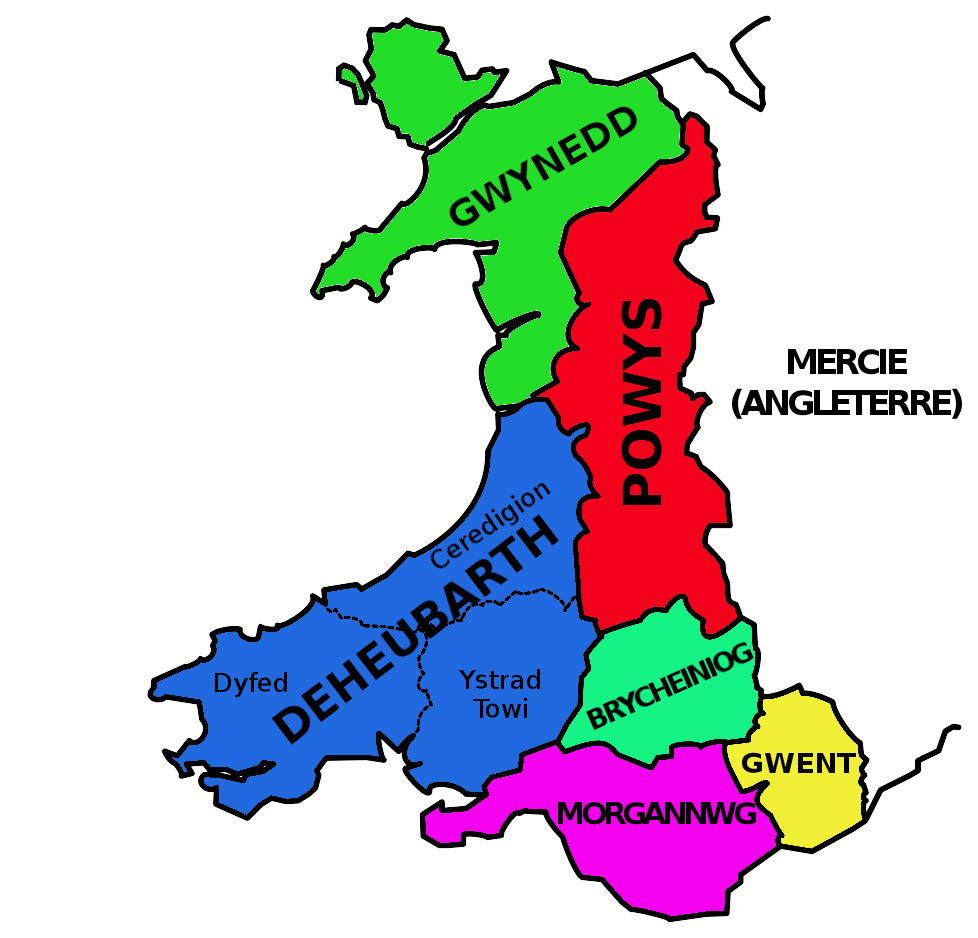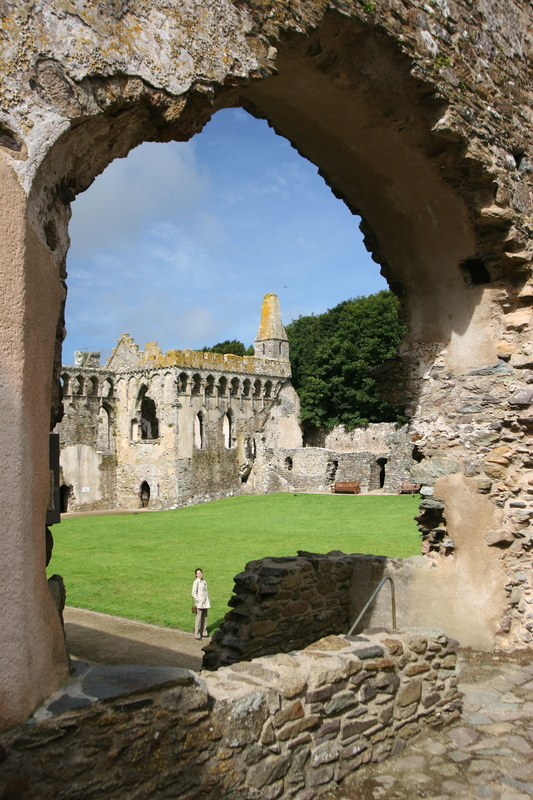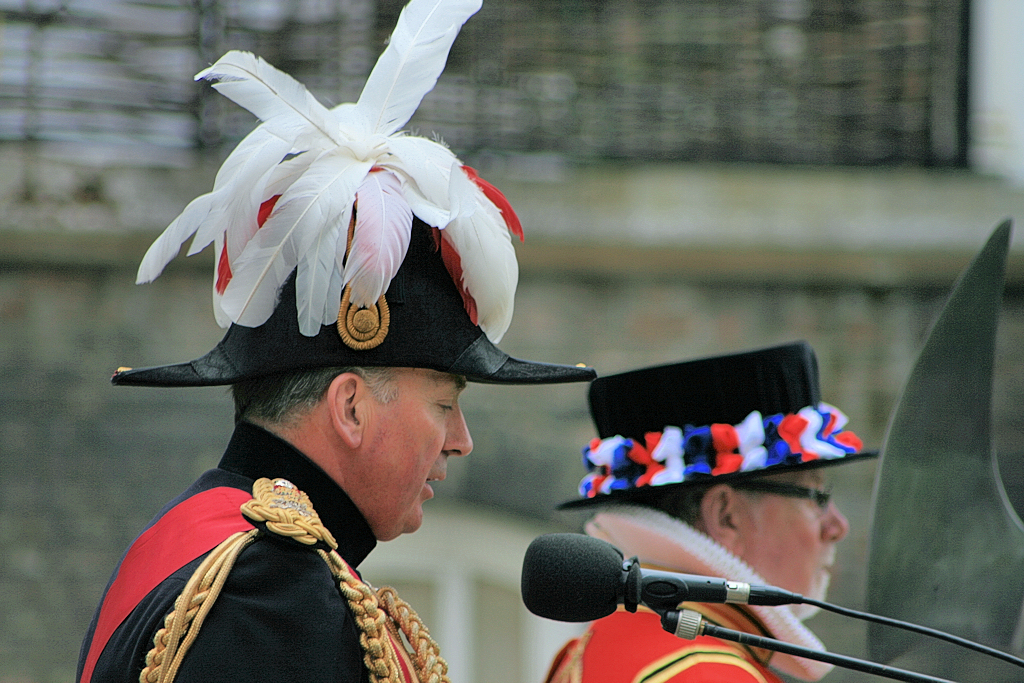|
Rhys Ap Tewdwr
Rhys ap Tewdwr (c. 1040 – 1093) was a king of Deheubarth in Wales and member of the Dinefwr dynasty, a branch descended from Rhodri the Great. He was born in the area which is now Carmarthenshire and died at the battle of Brecon in April 1093. Family Rhys ap Tewdwr, a member of the House of Dinefwr, claimed the throne of Deheubarth following the death of his second cousin Rhys ab Owain, who was beheaded after the battle of Gwdig (modern day Goodwick) against Caradog ap Gruffydd in 1078. He was a grandson of Cadell ab Einion ab Owain ab Hywel Dda and a great-grandson of Einion ab Owain, thus a descendant of Hywel Dda, king of the Britons. He married more than once. His first wife was Catrin (or Gwladus) verch Iestyn (b. 1041 in Powys). The name of his last wife was Gwladys ferch Rhiwallon, daughter of Rhiwallon ap Cynfyn of the Mathrafal Dynasty of Powys. Issue by early alliances: * Goronwy (died 1103) * Hywel * Owain Issue by Gwladys ferch Rhiwallon: * Gruffydd * Gw ... [...More Info...] [...Related Items...] OR: [Wikipedia] [Google] [Baidu] |
King Of Deheubarth
Deheubarth (; lit. "Right-hand Part", thus "the South") was a regional name for the Welsh kingdoms, realms of south Wales, particularly as opposed to kingdom of Gwynedd, Gwynedd (Latin: ''Venedotia''). It is now used as a shorthand for the various realms united under the House of Dinefwr, but that Deheubarth itself was not considered a proper kingdom on the model of Gwynedd, Kingdom of Powys, Powys, or Kingdom of Dyfed, Dyfed is shown by its rendering in Medieval Latin, Latin as ''dextralis pars'' or as ''Britonnes dexterales'' ("the Southern Britons") and not as a named land. In the oldest British writers, ''Deheubarth'' was used for ''all'' of modern Wales to distinguish it from ''Hen Ogledd'' (''Y Gogledd''), the northern lands whence Cunedda and the Cymry originated. History Deheubarth was united around 920 by Hywel Dda out of the territories of Seisyllwg and Kingdom of Dyfed, Dyfed, which had come into his possession. Later on, the Kingdom of Brycheiniog was also added. C ... [...More Info...] [...Related Items...] OR: [Wikipedia] [Google] [Baidu] |
Kingdom Of Powys
The Kingdom of Powys ( cy, Teyrnas Powys; la, Regnum Poysiae) was a Welsh successor state, petty kingdom and principality that emerged during the Middle Ages following the end of Roman rule in Britain. It very roughly covered the northern two-thirds of the modern county of Powys and part of today's English West Midlands (see map). More precisely, and based on the Romano-British tribal lands of the Ordovices in the west and the Cornovii in the east, its boundaries originally extended from the Cambrian Mountains in the west to include the modern West Midlands region of England in the east. The fertile river valleys of the Severn and Tern are found here, and this region is referred to in later Welsh literature as "the Paradise of Powys" (an epithet retained in Welsh for the modern UK county). Name The name Powys is thought to derive from Latin ''pagus'' 'the countryside' and ''pagenses'' 'dwellers in the countryside', also the origins of French "pays" and English "peasant". ... [...More Info...] [...Related Items...] OR: [Wikipedia] [Google] [Baidu] |
St David's Cathedral
St Davids Cathedral ( cy, Eglwys Gadeiriol Tyddewi) is situated in St DavidsBritain's smallest city in the county of Pembrokeshire, near the most westerly point of Wales. Early history The monastic community was founded by Saint David, Abbot of Menevia, who died in 589. Between 645 and 1097, the community was attacked many times by raiders, including the Vikings; however it was of such note as both a religious and an intellectual centre that King Alfred summoned help from the monastic community at St Davids in rebuilding the intellectual life of the Kingdom of Wessex. Many of the bishops were murdered by raiders and marauders, including Bishop Moregenau in 999 and Bishop Abraham in 1080. The stone that marked his grave, known as the "Abraham Stone", is intricately carved with early Celtic symbols and is now on permanent display within the Cathedral Exhibition at Porth-y-Tŵr. In 1081, William the Conqueror visited St Davids to pray, and thus recognised it as a holy and res ... [...More Info...] [...Related Items...] OR: [Wikipedia] [Google] [Baidu] |
Peerage Of Ireland
The Peerage of Ireland consists of those titles of nobility created by the English monarchs in their capacity as Lord or King of Ireland, or later by monarchs of the United Kingdom of Great Britain and Ireland. It is one of the five divisions of Peerages in the United Kingdom. The creation of such titles came to an end in the 19th century. The ranks of the Irish peerage are duke, marquess, earl, viscount and baron. As of 2016, there were 135 titles in the Peerage of Ireland extant: two dukedoms, ten marquessates, 43 earldoms, 28 viscountcies, and 52 baronies. The Crown of the United Kingdom of Great Britain and Northern Ireland continues to exercise jurisdiction over the Peerage of Ireland, including those peers whose titles derive from places located in what is now the Republic of Ireland. Article 40.2 of the Constitution of Ireland forbids the state conferring titles of nobility and an Irish citizen may not accept titles of nobility or honour except with the prior appro ... [...More Info...] [...Related Items...] OR: [Wikipedia] [Google] [Baidu] |
Cambro-Norman
Cambro-Normans ( la, Cambria; "Wales", cy, Normaniaid Cymreig; nrf, Nouormands Galles) were Normans who settled in South Wales, southern Wales, and the Welsh Marches, after the Norman invasion of Wales, allied with their counterpart families who settled England following its conquest. Usage in Ireland Some Irish historians prefer to use this term instead of Anglo-Normans, Anglo-Norman because many of the knights who invaded Ireland in 1170, such as the FitzGerald dynasty, FitzGeralds, originated and settled in modern-day Wales, following the Norman conquest. South Wales was under Franco-Norman, House of Plantagenet, Plantagenet control at this point in history and the Cambro-Normans living in south Wales owed their allegiance to the Le Mans born Henry II of England, Henry II, not a native Welsh prince, therefore are often confused with Anglo-Normans, due to their allegiance. Contemporary Irish accounts of this period erroneously called the incomers ''Saxain'', which means " ... [...More Info...] [...Related Items...] OR: [Wikipedia] [Google] [Baidu] |
Hiberno-Norman
From the 12th century onwards, a group of Normans invaded and settled in Gaelic Ireland. These settlers later became known as Norman Irish or Hiberno-Normans. They originated mainly among Cambro-Norman families in Wales and Anglo-Normans from England, who were loyal to the Kingdom of England, and the English state supported their claims to territory in the various realms then comprising Ireland. During the High Middle Ages and Late Middle Ages the Hiberno-Normans constituted a feudal aristocracy and merchant oligarchy, known as the Lordship of Ireland. In Ireland, the Normans were also closely associated with the Gregorian Reform of the Catholic Church in Ireland. Over time the descendants of the 12th-century Norman settlers spread throughout Ireland and around the world, as part of the Irish diaspora; they ceased, in most cases, to identify as Norman, Cambro-Norman or Anglo-Norman. The dominance of the Norman Irish declined during the 16th century, after a new English Protest ... [...More Info...] [...Related Items...] OR: [Wikipedia] [Google] [Baidu] |
Ireland
Ireland ( ; ga, Éire ; Ulster Scots dialect, Ulster-Scots: ) is an island in the Atlantic Ocean, North Atlantic Ocean, in Northwestern Europe, north-western Europe. It is separated from Great Britain to its east by the North Channel (Great Britain and Ireland), North Channel, the Irish Sea, and St George's Channel. Ireland is the List of islands of the British Isles, second-largest island of the British Isles, the List of European islands by area, third-largest in Europe, and the List of islands by area, twentieth-largest on Earth. Geopolitically, Ireland is divided between the Republic of Ireland (officially Names of the Irish state, named Ireland), which covers five-sixths of the island, and Northern Ireland, which is part of the United Kingdom. As of 2022, the Irish population analysis, population of the entire island is just over 7 million, with 5.1 million living in the Republic of Ireland and 1.9 million in Northern Ireland, ranking it the List of European islan ... [...More Info...] [...Related Items...] OR: [Wikipedia] [Google] [Baidu] |
De Barry
The de Barry family is a noble family of Cambro-Norman origins which held extensive land holdings in Wales and Ireland. The founder of the family was a Norman Knight, Odo, who assisted in the Norman Conquest of England during the 11th century. As reward for his military services, Odo was granted estates in Pembrokeshire and around Barry, Wales, including Barry Island just off the coast. Odo’s grandson, Gerald of Wales, a 12th-century scholar, gives the origin of his family's name, de Barry, in his ''Itinerarium Cambriae'' (1191): "Not far from Caerdyf is a small island situated near the shore of the Severn, called Barri, from St. Baroc … . From hence a noble family, of the maritime parts of South Wales, who owned this island and the adjoining estates, received the name of de Barri." Many family members later assisted in the Norman invasion of Ireland. For the family's services, King John of England awarded Philip's son, William de Barry, extensive baronies in the Kingdom ... [...More Info...] [...Related Items...] OR: [Wikipedia] [Google] [Baidu] |
FitzGerald
The FitzGerald/FitzMaurice Dynasty is a noble and aristocratic dynasty of Cambro-Norman, Anglo-Norman and later Hiberno-Norman origin. They have been peers of Ireland since at least the 13th century, and are described in the Annals of the Four Masters as having become "more Irish than the Irish themselves" or Gaels, due to assimilation with the native Gaelic aristocratic and popular culture. The dynasty has also been referred to as the Geraldines and Ireland's largest landowners. They achieved power through the conquest of large swathes of Irish territory by the sons and grandsons of Gerald of Windsor (c. 1075 – 1135). Gerald of Windsor ( Gerald FitzWalter) was the first Castellan of Pembroke Castle in Wales, and became the male progenitor of the FitzMaurice and FitzGerald Dynasty ("fitz", from the Anglo-Norman ''fils'' indicating "sons of" Gerald). His father, Baron Walter FitzOther, was the first Constable and Governor of Windsor Castle for William the Conqueror, and was ... [...More Info...] [...Related Items...] OR: [Wikipedia] [Google] [Baidu] |
Progenitor
In genealogy, the progenitor (rarer: primogenitor; german: Stammvater or ''Ahnherr'') is the – sometimes legendary – founder of a family, line of descent, clan or tribe, noble house, or ethnic group.. Ebenda''Ahnherr:''"Stammvater eines Geschlechts". Genealogy (commonly known as family history) understands a progenitor to be the earliest recorded ancestor of a consanguineous family group of descendants. Progenitors are sometimes used to describe the status of a genealogical research project, or in order to compare the availability of genealogical data in different times and places. Often, progenitors are implied to be patrilineal. If a patrilineal dynasty is considered, each such dynasty has exactly one progenitor. Aristocratic and dynastic families often look back to an ancestor who is seen as the founder and progenitor of their house (i.e. family line). Even the old Roman legal concept of agnates (Latin for "descendants") was based on the idea of the unbroken famil ... [...More Info...] [...Related Items...] OR: [Wikipedia] [Google] [Baidu] |
Constable Of Pembroke
A constable is a person holding a particular office, most commonly in criminal law enforcement. The office of constable can vary significantly in different jurisdictions. A constable is commonly the rank of an officer within the police. Other people may be granted powers of a constable without holding this title. Etymology Historically, the title comes from the Latin ''comes stabuli'' ( attendant to the stables, literally ''count of the stable'') and originated from the Roman Empire; originally, the constable was the officer responsible for keeping the horses of a lord or monarch.p103, Bruce, Alistair, ''Keepers of the Kingdom'' (Cassell, 2002), Constable Encyclopædia Britannica online The title was imported to the |







